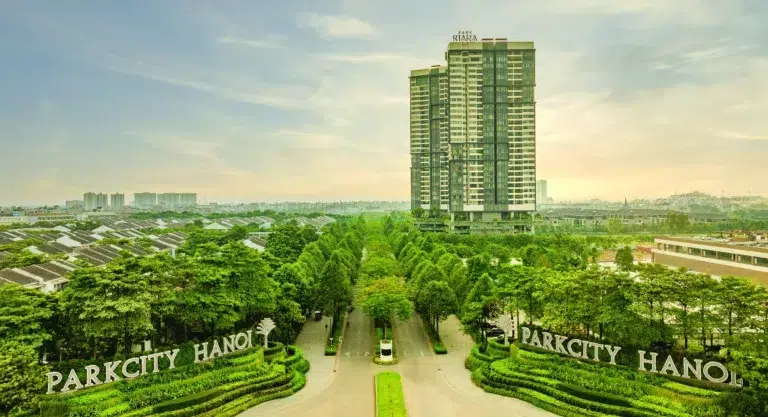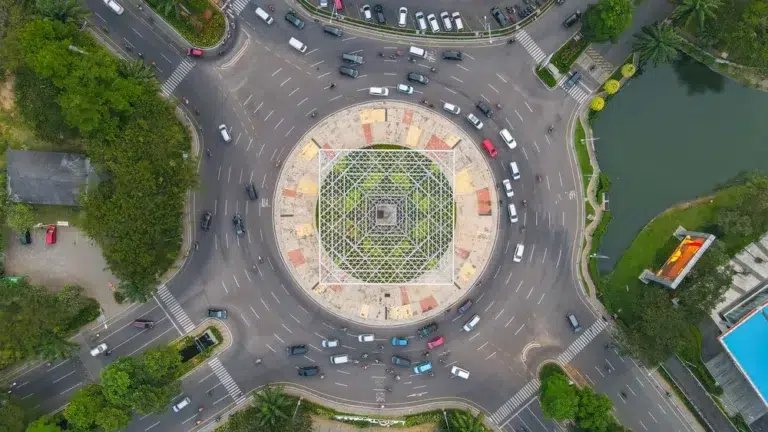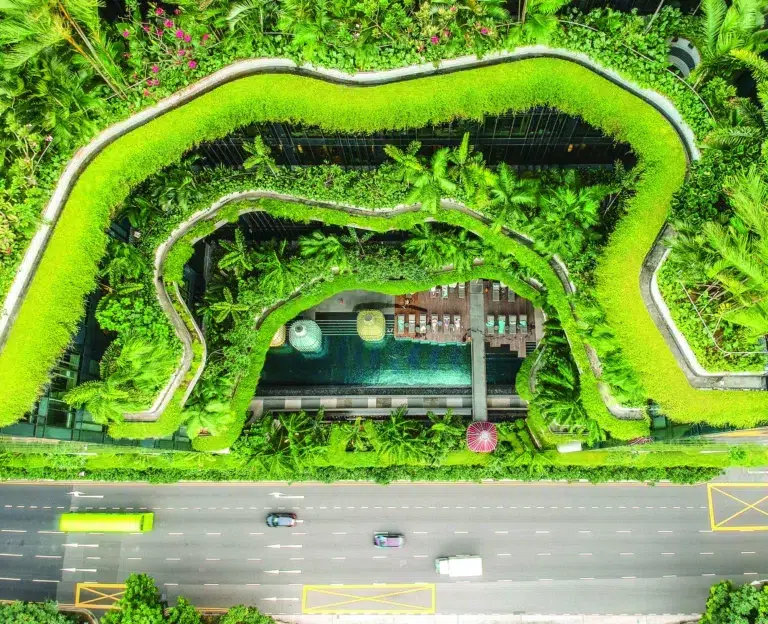News roundup: 5 lessons from the intersection of AI and real estate, and other headlines

For PropertyGuru’s news roundup, five lessons on how artificial intelligence is transforming the real estate industry. In other headlines, how passive strategies can replace air conditioning in order to address global warming, and Cambodia’s Preah Sihanouk province holds a tourism and trade fair to boost the province’s tourism sector.
AI and real estate: Five lessons
Artificial intelligence (AI) is transforming the working life of real estate professionals. We are all going to have to rethink and relearn our jobs.
Emerging academic research supports what many of us are finding out for ourselves; effectively utilizing AI allows people to do their work better and faster. Whether undertaking market analysis, building discounted cash flows, compiling fund reports, or writing thought pieces, early adopters are achieving significant efficiency gains.
Once these efficiencies emerge, what next? As the costs of completing tasks fall, new use cases will arise. This has happened in the past; when spreadsheet software first emerged, basic bookkeeping tasks were displaced. However, new jobs were created through broader small business adoption of accounting services. Spreadsheets also allowed accountants to focus more on advising clients.
While people needed to retrain, spreadsheet software had a net positive impact on accounting employment; lower costs for accounting activities increased overall demand. Experts expect similar dynamics as AI becomes ubiquitous in real estate. While AI reduces resource constraints, professionals can redeploy efforts to add more value. Your organization can find a competitive advantage in intelligent adaption as well as rapid adoption. It is time to ask what you will do now that you can do so much more.
The Property Chronicle presents five ways workflows and processes are set to change as AI unlocks new possibilities.
How to replace air conditioning? Passive strategies for addressing global warming
Between now and 2050, worldwide installation of cooling appliances, like air conditioning, is projected to triple, resulting in a twofold increase in energy consumption. This reliance on such devices, often seen as exacerbating global warming, poses a paradox: how can we fight rising temperatures in cities while simultaneously contributing to them through our dependence on these solutions?
Using air conditioning extensively on scorching days not only strains the power grid but also contributes to raising a city’s temperature by around 2°C. This happens because the process expels hot air. Moreover, access to cooling technologies, whether at home, work, or school, is limited and varies depending on people’s financial circumstances.
Seen as a solution to combat heatwaves, air conditioning is selective and exacerbates discomfort for other residents. While it provides thermal comfort for some, it leads to discomfort for many others.
Even though it is hard to imagine a world without these appliances, reconsidering architecture and urban design to tackle global warming is crucial for providing equal access to thermal comfort and reducing our reliance on technology.
According to ArchDaily, passive cooling strategies involve design decisions that engage with the environment. They are not quick fixes but require a concerted effort towards awareness and change across various fronts.
Preah Sihanouk Tourism and Trade Fair aims to boost the Cambodian province’s tourism sector
The Preah Sihanouk Provincial Administration held a five-day Tourism and Trade Fair from 26th to 30th March to draw more tourists to the province and encourage investment in new tourism products and services.
According to The Phnom Penh Post, the exhibition was held at Techo Square in Sihanoukville, featuring 250 booths and 58 VIP booths. The exhibits aimed to attract tourists, encourage investment, promote national cultural values, and expand trade cooperation with the province.
Provincial Department of Tourism director Taing Sochet Kresna said on 27th March that in addition to the fair, the provincial authorities had organised several other entertainment activities. Previous fairs attracted between 70,000 and 80,000 visitors in person, in addition to online views.
“Aside from the exhibition, we have art, culture, and traditional activities, including paintings and visual arts exhibitions. At the same time, we will also be running several workshops and meetings,” he added.
According to Sochet Kresna, the fair is crucial, because although the province has natural resources like beautiful beaches and other tourist attractions, it requires additional infrastructure and high-quality services and events to encourage guests to stay longer.
The Property Report editors wrote this article. For more information, email: [email protected].
Recommended
Hanoi’s Park Kiara redefines urban living with green, people-centric design
Park Kiara in Hanoi is a repudiation of low-density, car-dependent suburban sprawl
ARES White Paper Volume 3: The era of adaptive reinvention
Pioneering sustainable and innovative practices in urban development
ARES White Paper Volume 2: Unravelling the power of data revolution in real estate
Insights on proptech, smart cities, and sustainable development
ARES Digital White Paper Volume 1: The fundamentals of responsible building
Green and climate heroes join forces to discuss how Asia Pacific can weather the current environmental crises and the looming effects of climate change






